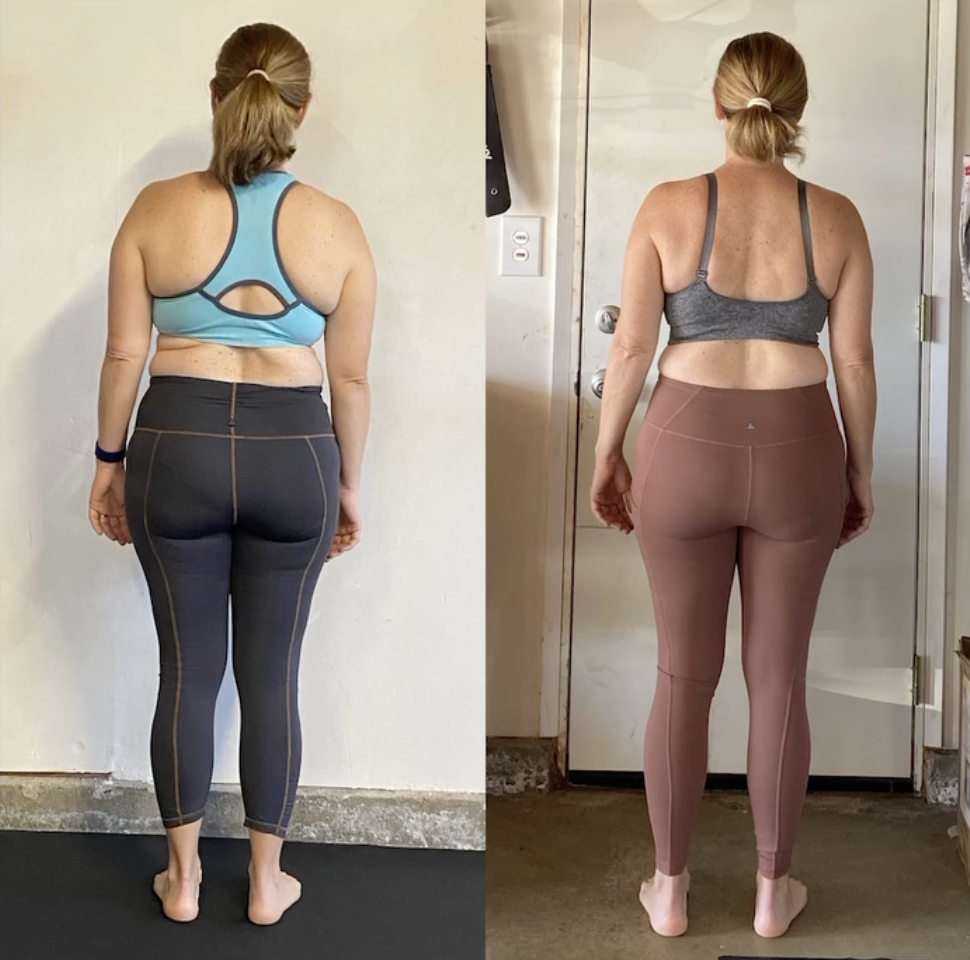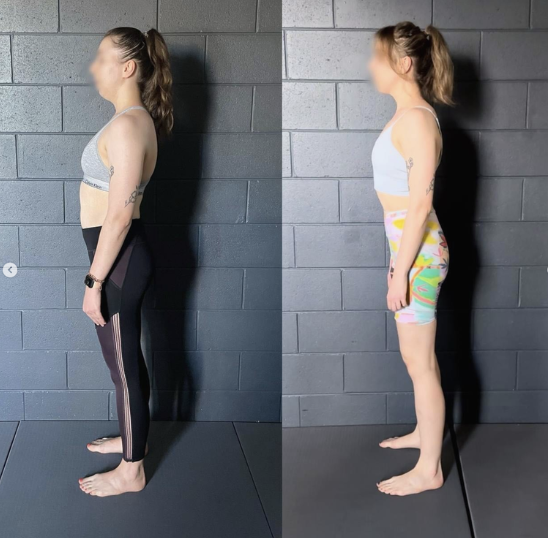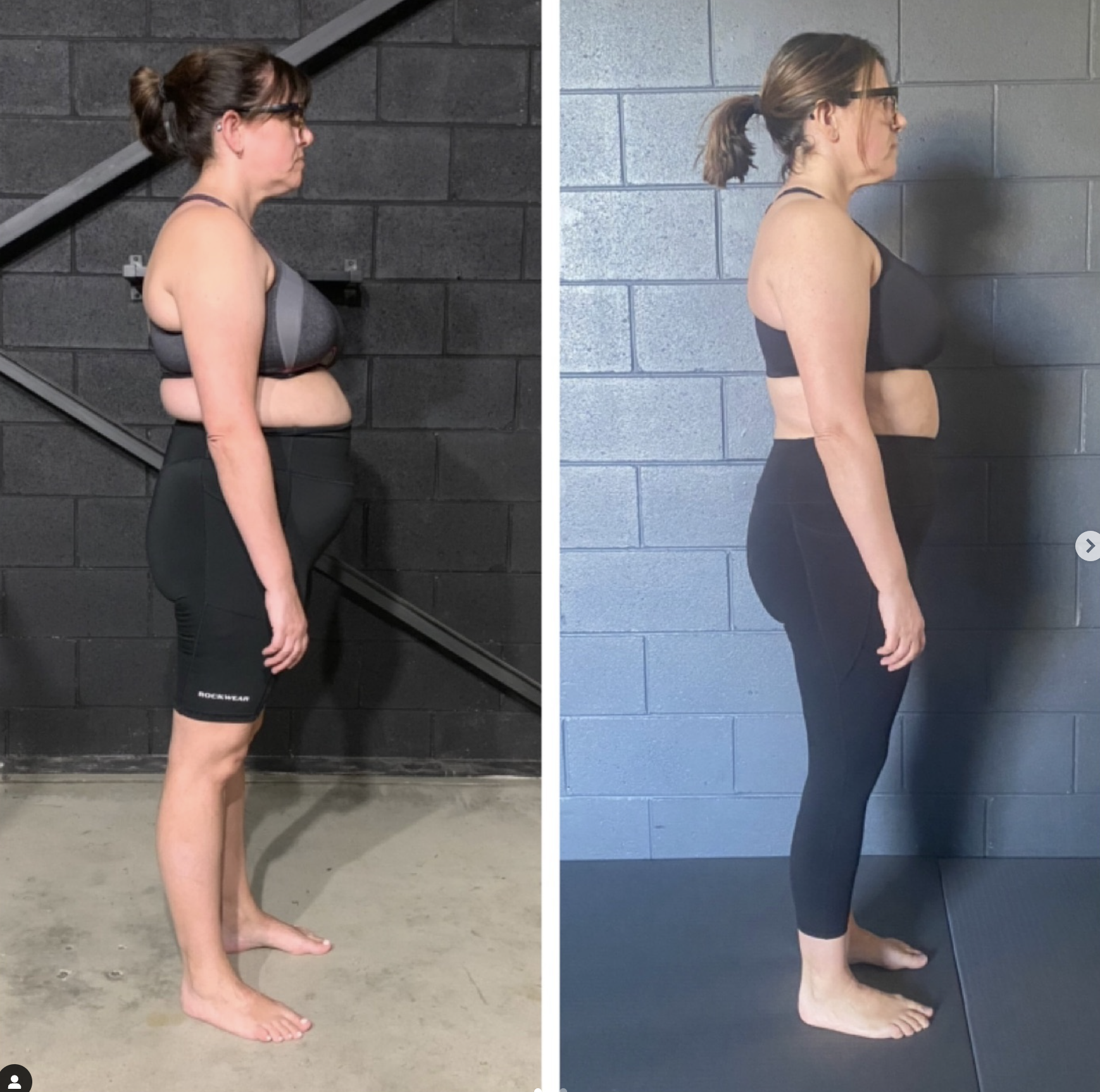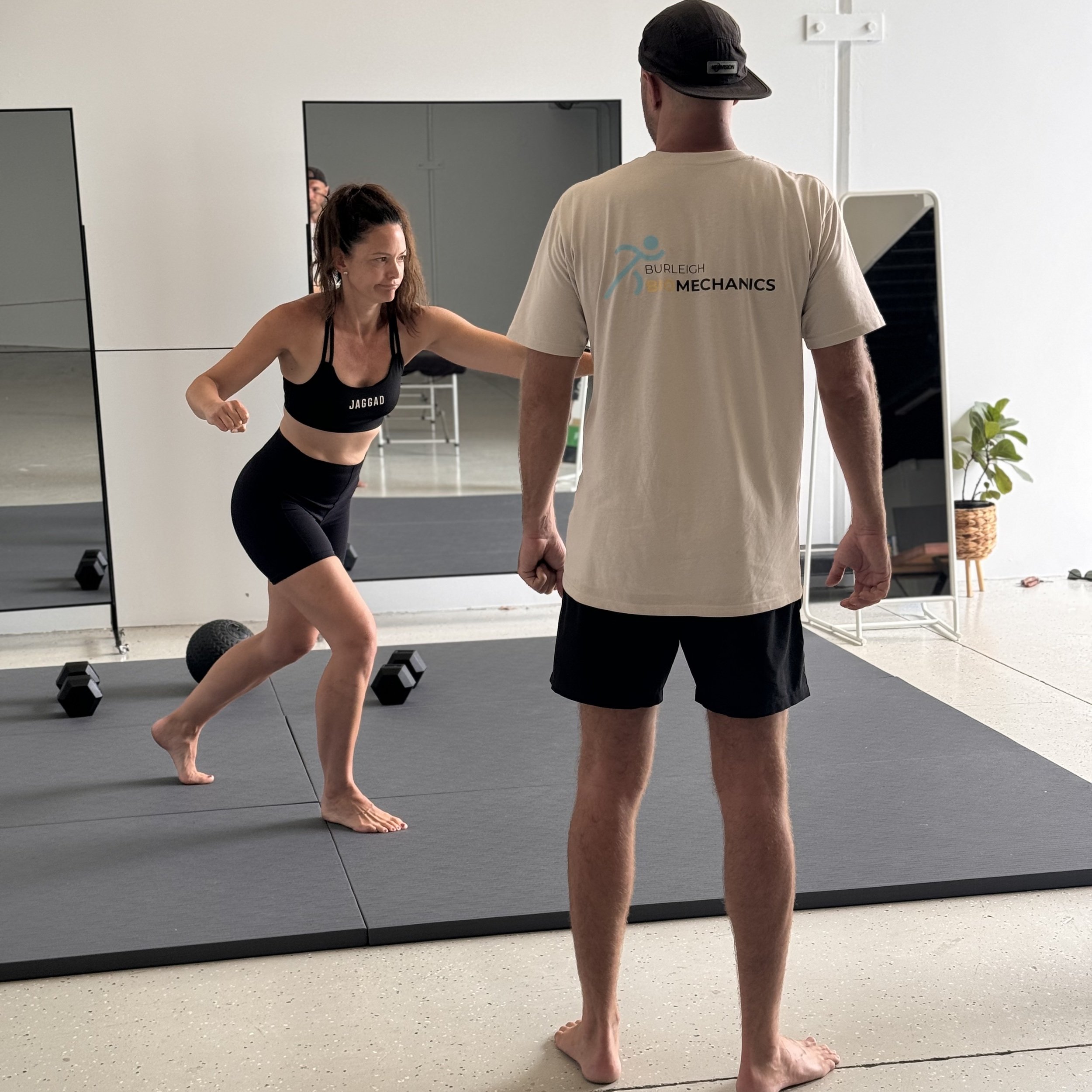Neck Humps: Causes & Solutions Using Functional Patterns
A neck hump, often called a "dowager’s hump" or "buffalo hump," is not just a cosmetic issue. It shows there may be problems with movement. Many people turn to neck hump exercises or stretches to resolve it, but these typically only address the surface issue. To truly fix a neck hump, you need to understand its root causes and correct the biomechanical problems that led to it.
In this blog, we’ll explore five key reasons why neck humps form and how the Functional Patterns Method can provide lasting solutions.
1. Poor Posture and Joint Stacking
One of the primary reasons for a hunched neck is poor posture. When your joints aren’t aligned—known as "joint stacking"—your body compensates in harmful ways.
For example, if your head shifts forward, the weight of your skull pulls on the tissues at the base of the neck. This added stress over time can lead to the development of a hump. Simply telling yourself to "sit up straight" isn’t enough. You need to train your body to maintain good posture dynamically, whether you’re sitting or standing.
Functional Patterns aims to restore proper joint stacking through biomechanics. This helps your spine work as it should, without putting too much strain on any one area.
Functional Patterns Result
2. Lack of Neck Integration
The neck isn’t just a standalone part of the body; it’s deeply connected to the rest of your skeletal and muscular system. A lack of integration between the neck and upper body muscles can lead to imbalances that result in a hunchback.
When your upper back and shoulders don't work well with your neck, it can cause problems. This puts a lot of strain on the cervical spine and upper thoracic area. Over time, this leads to tissue buildup at the base of the neck.
Functional Patterns helps your body learn to move better. It makes sure your neck and upper body work together. This way, you can avoid problems.
Functional Patterns Result
3. Fighting Against Gravity
Gravity constantly pulls on your body, and without proper posture, it’s a losing battle. A dowager’s hump often forms because your body isn’t aligned to counteract gravitational forces efficiently.
Instead of your spine acting as a stable column, poor alignment causes your muscles to overcompensate. This leads to fatigue, slouching, and eventually, a hump at the back of your neck. Functional Patterns helps you learn how to align your body and move efficiently. This way, gravity works with you instead of against you.
4. Biomechanics and Muscle Weakness
Muscle imbalances play a huge role in the development of hunched posture. Weak muscles in the upper back and shoulders allow the head to fall forward, while tight muscles around the chest and neck exacerbate the problem.
Exercises like chin tucks or "squeeze your shoulder blades" often do not work well. They miss the deeper problem: a lack of integrated biomechanics. Functional Patterns strengthens the muscles that support your spine while teaching them to work together, leading to better posture and eliminating the conditions that cause a hump to form.
5. Tensegrity: Balancing Tension and Compression
The concept of tensegrity explains how your body maintains structure. It’s a balance between tension (from muscles and connective tissue) and compression (from bones). When this balance is off, such as in bad posture, tension increases in areas like the thoracic spine and base of the neck.
This imbalance leads to tissue buildup and muscle dysfunction. Functional Patterns restores tensegrity by addressing the entire body as a connected system. With improved balance, your neck can move freely without excessive stress, preventing or correcting a neck hump.
Functional Patterns Result
How Functional Patterns Solves the Problem
Unlike traditional hunchback correction exercises, Functional Patterns doesn’t focus on isolated movements. Instead, it addresses the root causes of poor posture and teaches your body to function optimally.
Here’s how Functional Patterns helps:
Realignment: Corrects head posture and realigns your thoracic spine to reduce strain on the base of the neck.
Dynamic Posture Training: Goes beyond static positions, teaching you to maintain upright posture during daily activities.
Integrated Movements: Strengthens the muscles of the upper body and neck while integrating them with your entire system.
Sustainable Results: Focuses on long-term solutions, not just temporary fixes like physical therapy or stretches.
Functional Patterns Gold Coast Training
Why Exercises Alone Aren’t Enough
While some hunchback exercises or stretches can provide temporary relief, they don’t address the biomechanical dysfunction that leads to a neck hump. For example:
Neck hump exercises like chin tucks can help align your neck, but they won’t fix underlying imbalances in your shoulders and back.
Hunchback correction exercises might strengthen certain muscles, but without integrating movement patterns, the hump is likely to return.
Functional Patterns takes a holistic approach, targeting the entire body to provide lasting results.
The Role of Hunchback Exercises in Fixing Hunched Posture
Traditional hunchback exercises can play a role in addressing posture issues but often fall short without a systemic approach. Exercises like chin tucks or simple back extensions focus on isolated areas of the spine. These exercises for humpback neglect the connected movement patterns that are crucial for real improvement.
Functional Patterns offers a more comprehensive alternative to fixing hunched posture by addressing the root causes of dysfunction. By integrating the entire body into movement training, it ensures that your posture is corrected not only at rest but also while walking, running, or engaging in daily activities.
How to Prevent a Hunched Neck with Functional Patterns
If you’re wondering how to fix a hunched neck, the key lies in proactive, whole-body training. Poor alignment and movement habits are often the precursors to a hunched posture, making prevention as important as correction. Functional Patterns helps you develop proper biomechanics and joint alignment, reducing the strain on your neck and upper back. Unlike traditional solutions, this method trains your body to maintain proper alignment during movement, ensuring long-term results and preventing the formation of new posture-related issues.
Practical Steps You Can Take Today
Start Moving Better: Focus on dynamic exercises that involve your entire body, not just isolated stretches.
Correct Your Posture: Use mirrors or videos to check your alignment while sitting or standing.
Get Professional Help: Work with a Functional Patterns practitioner to identify and correct imbalances in your movement patterns.
Wrapping Things Up
Understanding the root causes of a neck hump is the first step to fixing it. While traditional neck hump exercises or stretches might offer short-term relief, they don’t provide the lasting results that Functional Patterns can achieve.
By addressing tensegrity, joint stacking, and poor movement patterns, Functional Patterns retrains your body to work as a cohesive system. This ensures that you maintain proper posture in every movement. Whether you’re looking to fix a neck hump, improve your alignment, or prevent future problems, Functional Patterns offers a sustainable solution that targets the root of the issue.
Take the first step toward a healthier, more aligned body today—because the good news is, it’s never too late to correct your posture and eliminate the conditions that cause a neck hump to form.




